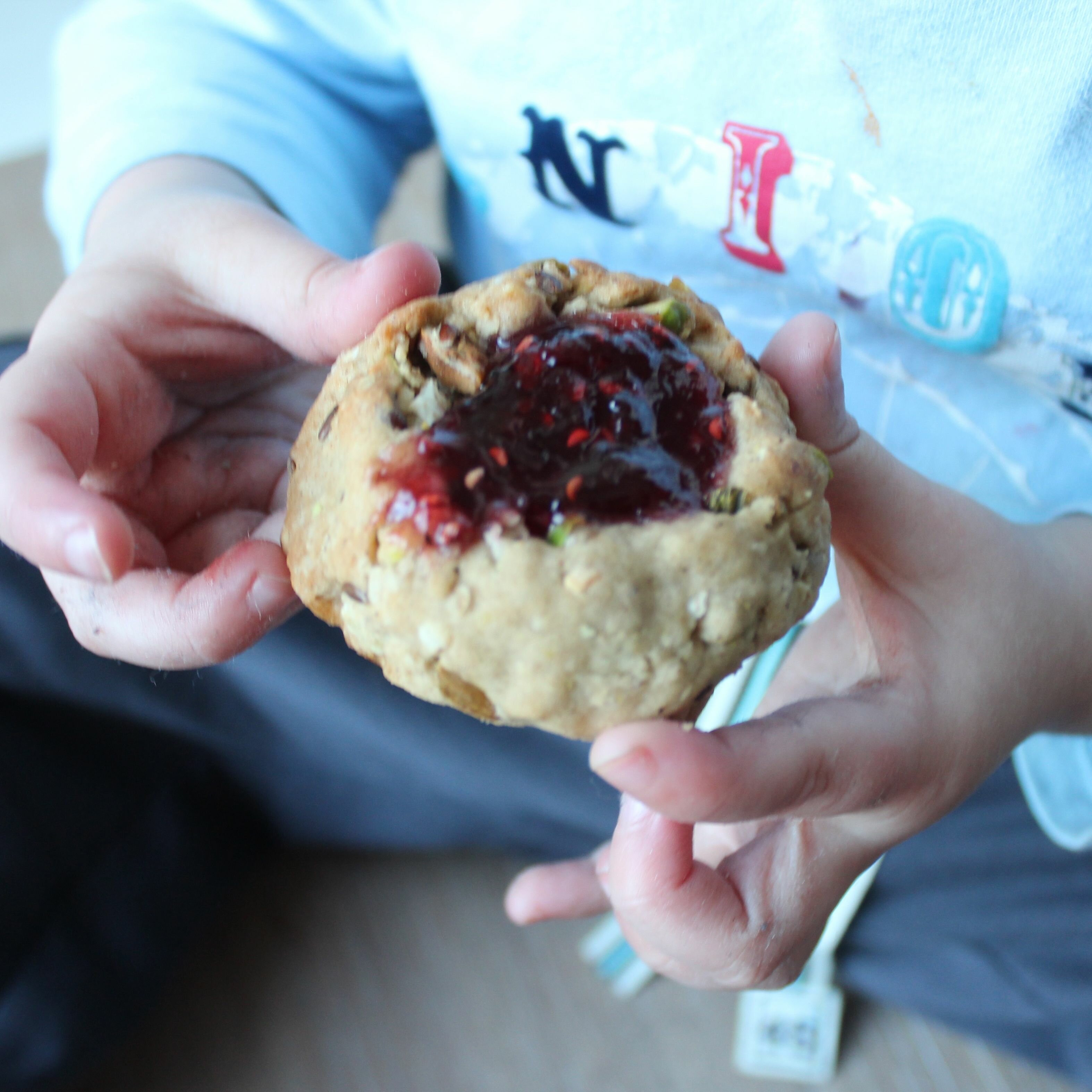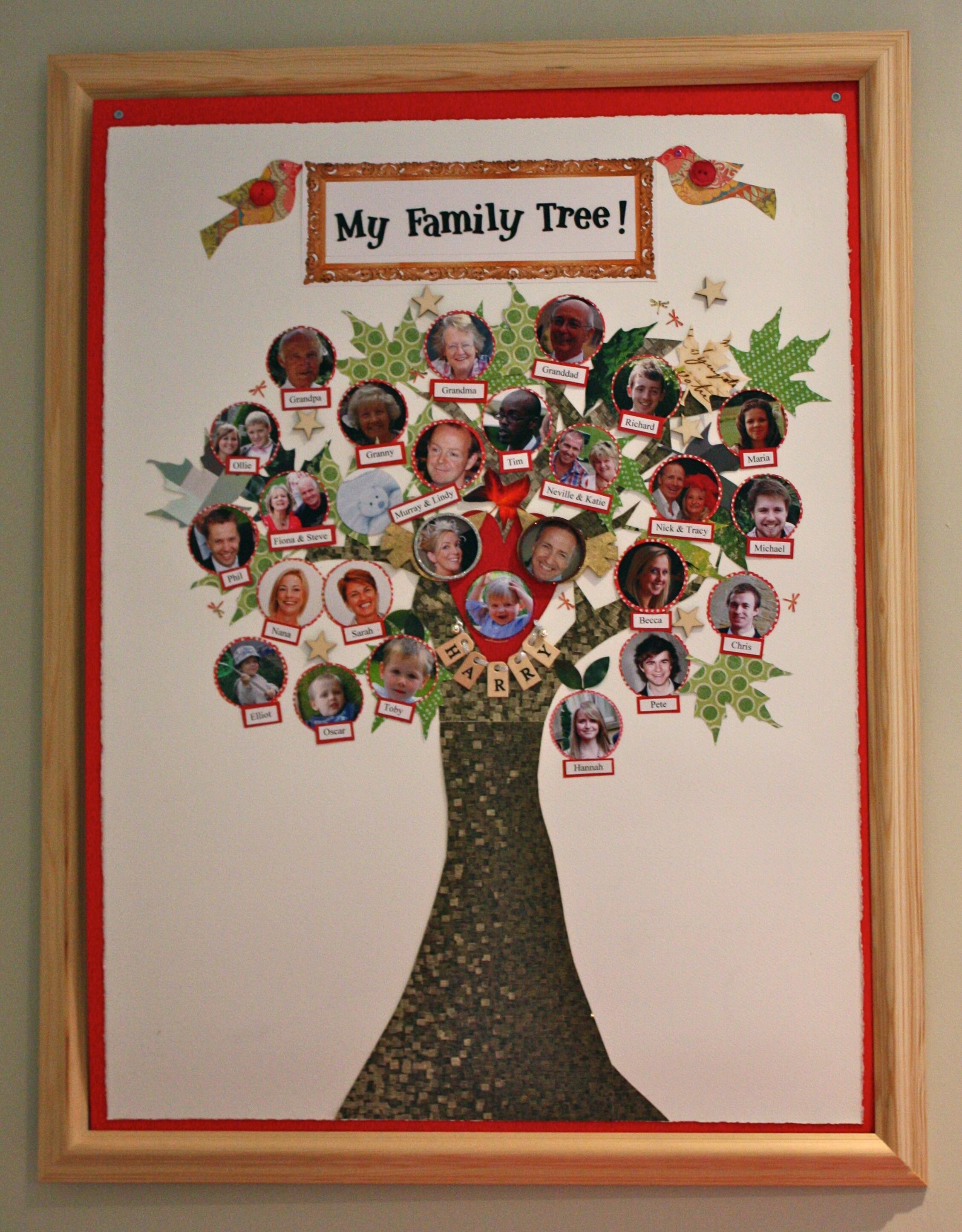Carbs are big in our household, as anyone who knows us will attest. Given that my husband declares the potato to be his favourite vegetable, and I would request a toasting fork and crusty loaf if given notice of being stranded on a desert island, it was inevitable that Harry was going to feel a strong gravitational pull towards all things starchy. Whilst I’m secretly proud of the fact that he freely eats vegetables and would for ages misidentify any tree in a picture book as being ‘a piece of broccoli’ (no idea why; it’s unlikely, frankly, that he made this connection at home…), it’s also true that if you ask him what he’d like to do next, the statistically most probable answer at any given time is ‘eat spaghetti’.
So this weekend we whipped out our shiny new pasta machine that was the gift-of-the-year in Christmas 2010, rather like the bread machines that everyone gave and received 10yrs earlier. A guilty confession; our machine is actually a present I bought for someone else and decided to keep because it looked so enticing; instead, they received a selection of novels and I no doubt received a great dollop of bad karma that will ensure all the pasta I make with it is cursed. We’ll soon find out. My cookbooks and the web are full of delicious recipes for homemade pasta involving herbs, different flours and semolina, et al, but we plumped for the simplest possible concoction (below), and got stuck in. As you can see, this is one of those cookfests where it’s all about the journey, not the end result…
Take your 3 ingredients, create a volcano-like pile of the salted flour on your worktop, and pour the lightly beaten egg mixture into the middle. Watch as the flour sides collapse and spend several minutes chasing egg around the table (you can see why small boys love this bit).

Mix the ingredients together. Taste periodically if you really can’t resist. Try not to touch anything else at all. Once a dough forms, knead for about 10 minutes. Abandon your mother after 2 minutes and find something more interesting to do instead. Do this quietly, dragging your sticky hands along the wall as you amble towards the toy box.
Hard work done, leave the dough to settle.
Roll out with a rolling pin until about 1cm thick, and then start to feed it through your pasta machine. Of course, it’s perfectly possible to do this with a rolling pin alone and a lot of elbow grease and persistence.
Once you’ve got a long, thin piece of dough about 3mm thick, feed it through the slicer bit to create your chosen shape; we opted for tagliatelle, and draped it over a (clean!) broom handle to keep the strands separate whilst we worked on the rest of the dough. As you can see, this offered an impossible temptation for a 2yr old and his fire engine, so our pasta curtain took a bit of a beating at this point.
Once you’ve finished making the tagliatelle, curl each strand into a loose ball and save till you’re ready to cook (the sooner the better). We tossed ours gaily into a pan of boiling water and hastily gathered spoons, napkins and a large bowl each before stirring in some tomato sauce and basil. And you know, here’s the thing; despite starting with gusto (note the two forks used for speed, below), Harry quickly slowed to a halt and carefully extracted a piece of rubbery, part-chewed pasta from his mouth, then paused and asked oh-so-casually; ‘Maybe we can have Cheerios for tea instead, mummy?’ . Karma. I knew it…






















































